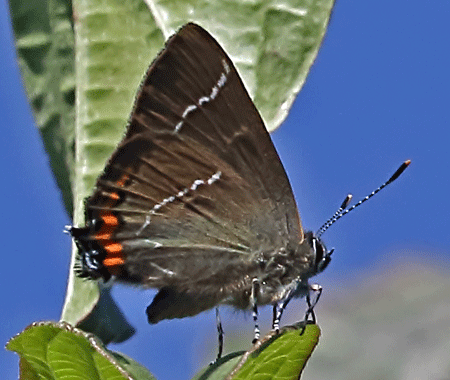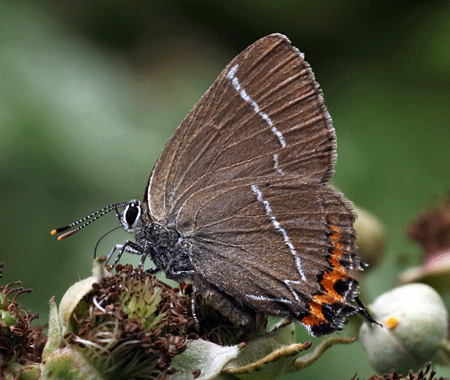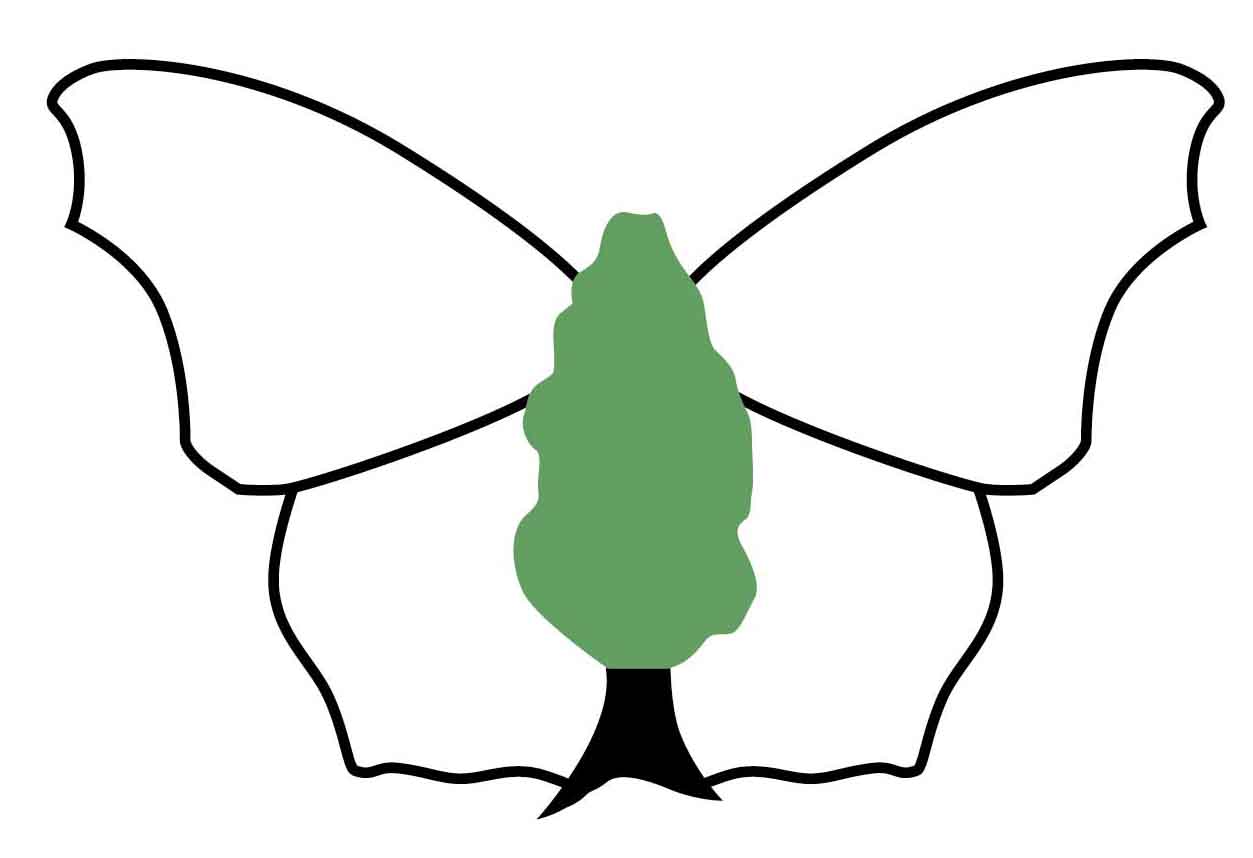 | Butterfly Conservation Saving butterflies, moths and our environment | Upper Thames Branch | 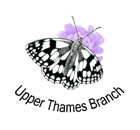 |
White-letter Hairstreak (Satyrium w-album) | |||||||||||||||||||||
| Description | |||||||||||||||||||||
| Wing span: 26-36 mm. The W-shaped white line and the border of orange spots with black chevrons on the underside of the hindwings are the most characteristic features of this butterfly. Adults always rest with their wings closed. The sexes are similar. It occurs through much of England and eastern Wales. It can be found anywhere that the larval food plant grows. | |||||||||||||||||||||
| Images (click to enlarge) | |||||||||||||||||||||
| |||||||||||||||||||||
| Life Cycle | |||||||||||||||||||||
| There is one brood a year, with the adults emerging in late June or early July. The egg is the over-wintering stage. | |||||||||||||||||||||
| Larval Foodplants | |||||||||||||||||||||
| The preferred larval food plant is Wych Elm (Ulmus glabra), but English Elm (Ulmus minor) and hybrids are also used. | |||||||||||||||||||||
| Nectar Sources | |||||||||||||||||||||
| Adults feed on honeydew, and also on flowers such as Thistles, Hemp Agrimony, Majoram and Ragwort. | |||||||||||||||||||||
| UK Conservation Status | |||||||||||||||||||||
| Vulnerable | |||||||||||||||||||||
| Earliest UTB first sighting (since 2004) : 7th June | |||||||||||||||||||||
| Mean UTB first sighting (since 2004) : 20th June | |||||||||||||||||||||
| Species Champion | |||||||||||||||||||||
| Peter Cuss Email: white-letter-hairstreak@upperthames-butterflies.upperthames-butterflies.org.uk | |||||||||||||||||||||
| Reports | |||||||||||||||||||||
| Distribution and Sites | |||||||||||||||||||||
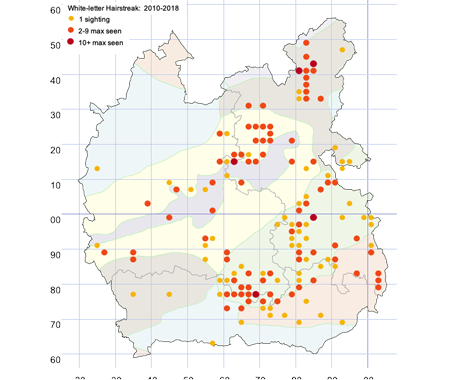 Key |
| ||||||||||||||||||||
| Related Species | |||||||||||||||||||||
| |||||||||||||||||||||
Copyright © Butterfly Conservation Upper Thames Branch 2025
Privacy and Copyright Statement
Butterfly Conservation : Company limited by guarantee, registered in England (2206468)
Registered Office: Manor Yard, East Lulworth, Wareham, Dorset, BH20 5QP, Tel: 01929 400 209
Charity registered in England & Wales (254937) and in Scotland (SCO39268)
Privacy and Copyright Statement
Butterfly Conservation : Company limited by guarantee, registered in England (2206468)
Registered Office: Manor Yard, East Lulworth, Wareham, Dorset, BH20 5QP, Tel: 01929 400 209
Charity registered in England & Wales (254937) and in Scotland (SCO39268)

